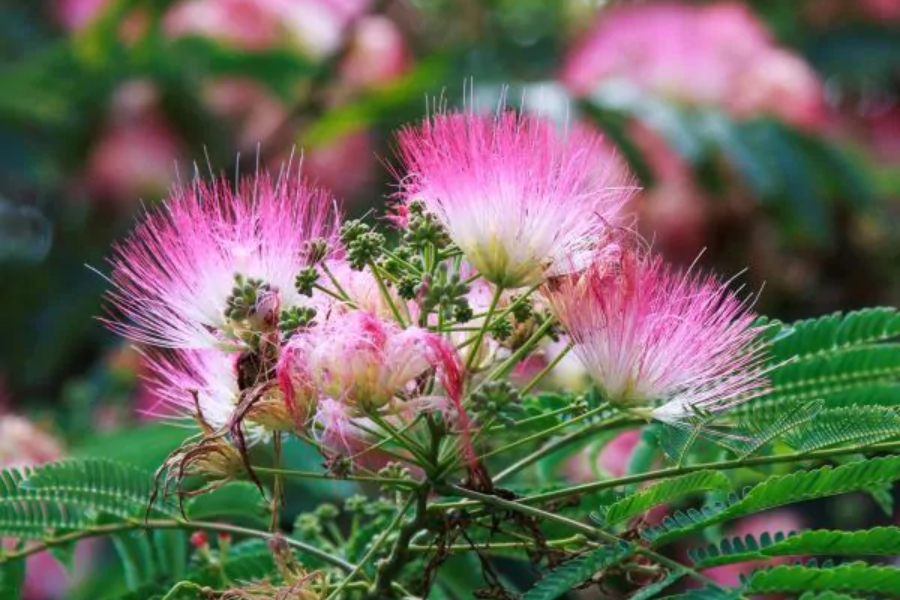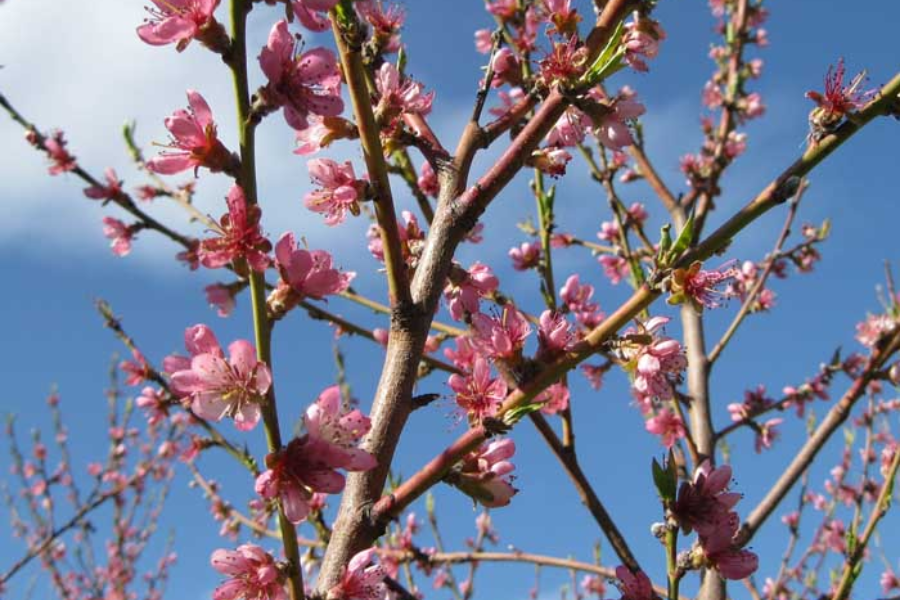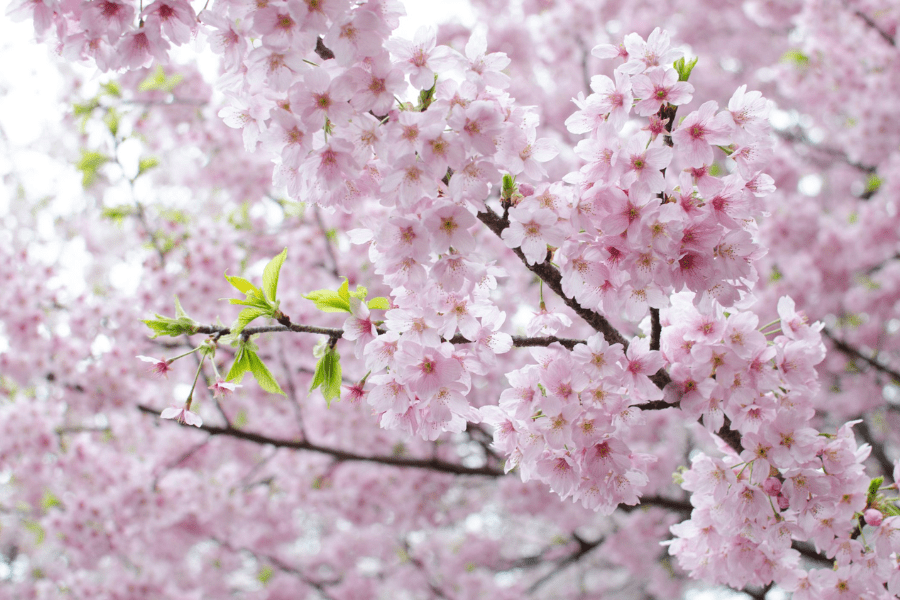Is Sebaceous Puffy Pink Tree Real? – A Real Species Or A Fantasy

The Sebaceous Puffy Pink Tree sounds like a fairy tale. I laughed at this word when I first heard it. ‘Surely, this can’t be real,’ I thought. As an avid botanist and gardener, my interest peaked. Could a fantasy tree exist outside of a storybook?
I remember seeing its supposed photo for the first time. A tree had extremely fluffy, pink leaves, like cotton candy. Skeptical, I contacted other botanists and planned trips to remote botanical gardens to see this mysterious tree.
Come with me on a trip where I’ll share my own ideas along with science study. I’ve looked into leads and stories in places like greenhouses at research institutes and secret gardens with strange plants.

Is The Sebaceous Puffy Pink Tree Real?
I’ve been following the ‘Puffy Pink Tree’ viral trend. At first, the name sound interested and suspicious to me. I first saw ‘Sebaceous Puffy Pink Tree’ on TikTok. The videos’ beautiful pink flora appeared too magical.The “Puffy Pink Tree,” turns out unreal and unrelated to any scientific or botanical tree species. As wonderful as it seems, is a web creation, not a natural fact.
This surprise was humorous and smart. I It reminded me how the internet creates myths. We laughed at how social media myths can spread.
Even if the ‘Puffy Pink Tree’ isn’t one of nature’s things. I find these moments of creativity and science exciting as a botanist.
Why Is The Internet Breaking Out With A Sebaceous Puffy Pink Tree? Named after a tree with pink blooms and sebaceous glands, which protect animals’ skin. A TikTok video claimed this tree is in North Korea, although there is no scientific proof.
Trees That Produce Puffy Pink Flowers

Mimosa Tree

My first Mimosa tree encounter was on an Asian botanical tour. Its beautiful soft pink blossoms in the breeze were lovely. I saw bees and butterflies visiting its blossoms on a hot summer day. But the fact that it spread quickly in a few of the places we went showed how invasive it was. In my city yard, the mimosa likes the sun and does best in well-fed soil, but its quick growth requires continual care. It amazes me how its leaves fold up when the sun goes down or when someone walks by and touches them
Crape Myrtle
This plant caught my eye in a traditional Asian garden because of how pretty it looked. In the summer, its beautiful pink blooms that lasted a long time were a sight to see. I now know it can grow in varied soils and am astonished at how well it grows in hot, dry circumstances. The tree’s signature peeling bark makes any yard stand out. From my angle, it’s a popular landscaping option since it’s drought-resistant and attractive.
Peachtree

My hang-up with the Peachtree began not with its fruit, but with its gorgeous early spring blossoms. Beholding the subtle pink flowers that go before the fruit, I was struck by their vital role in fruit formation. These trees, while offering beautiful blossoms, require specific conditions to thrive – well-draining soil and the right amount of cold weather. Peachtree stands as a testament to both beauty and utility in agriculture.
Redbud Tree
A Redbud tree in full bloom in North America with its pink to purple flowers emerging directly from the branches took my breath away. Heart-shaped leaves grow after the blossoms, adding to the tree’s attractiveness. This hardy variety can tolerate many soil conditions, making it a popular urban plant. It provides pollinators with early food between winter and spring, as I have seen in city parks.
Tokyo Cherry

My journey to Japan during cherry blossom season, particularly to view the Tokyo Cherry (Yoshino Cherry), was spectacular. The delicate pink flowers, which symbolize life’s transience, created a surreal mood. In Japan, they symbolize life’s beauty. These trees demand sunshine and healthy soil and are common in public.
These trees protect early-season pollinators, essential to cherry blossom celebrations. Flowers feed early pollinators and are lovely. I have seen people from over the globe have admired their bloom while traveling.
Conclusion
The “Sebaceous Puffy Pink Tree” famous on TikTok is fake. It’s a made-up tree that people find interesting because it’s unique and pretty. Real life doesn’t have this tree.
Having said that, this information did not dull my feelings. On the contrary, it made me appreciate the true beauty all around me. Thanks to this artificial tree, both I and others have come to value real trees with pink blossoms.The beautiful Mimosa tree, whose fluffy pink petals swirled in the air; the Crape Myrtle, with its brilliant and rich flowers; the attractive Peachtree, Redbud tree, and renowned Tokyo cherry, all dazzling in pink.
All of these real trees with pink flowers show how beautiful and varied nature is. Each tree makes the world a better place in its own way.


